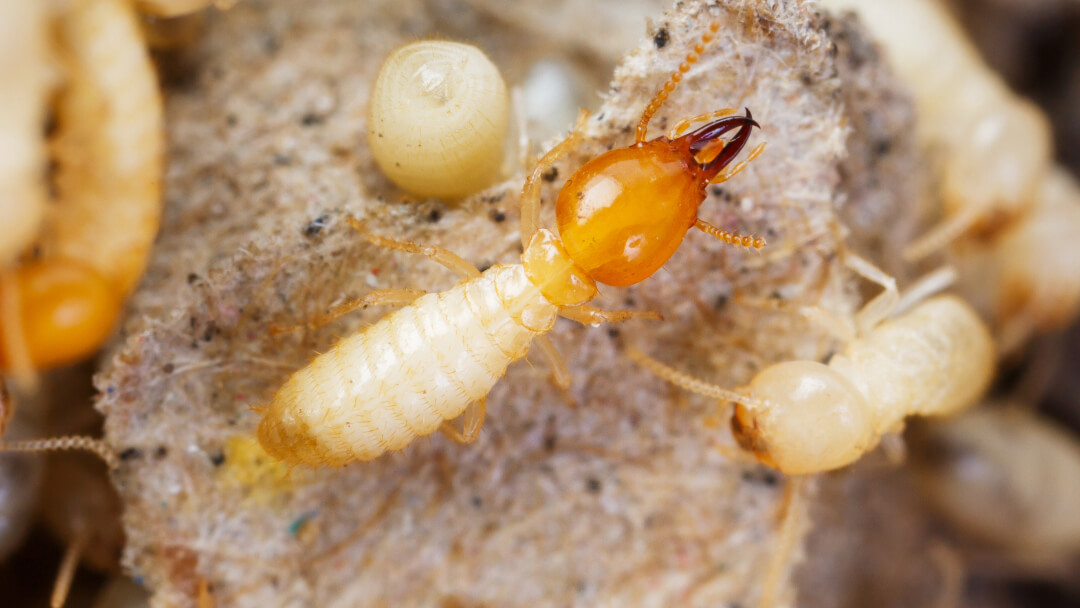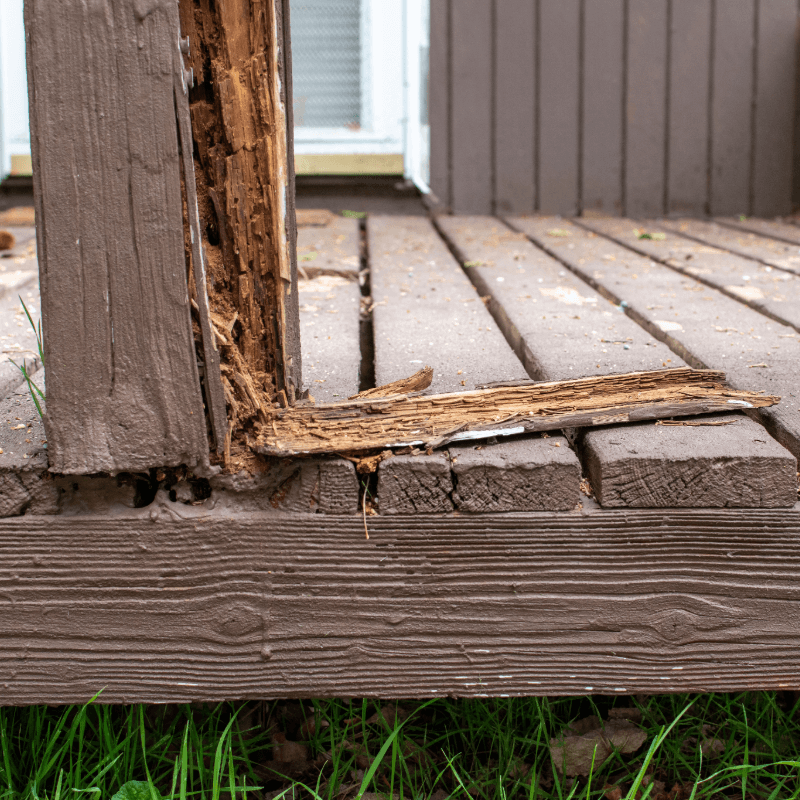Termite inspections are a crucial step in safeguarding your home from potential infestations and structural damage. Preparing your home for an evaluation is not only a proactive measure but also ensures that the inspection process is thorough and effective. In this blog, we’ll explore key tips to help you get your home ready for a termite inspection to help your evaluation go smooth.
Understanding Termite Inspection
What to Expect:
Tools of the Trade:
In termite inspections, professionals use specialized tools to detect hidden infestations. Moisture meters identify damp areas that attract termites, while infrared cameras reveal temperature variations in walls, indicating possible colonies. Sounding tools help find hollowed-out wood, a common sign of termite damage. These instruments enable inspectors to accurately assess the extent of termite activity in your home.
Interpreting the Results:
Preventive Measures Post-Inspection
Implementing Recommendations:
After the inspection, it’s vital to act on the inspector’s recommendations promptly. This might include treating active infestations, repairing damaged wood, or addressing moisture problems. By taking these steps, you can prevent future termite issues and maintain the structural integrity of your home.
Regular Monitoring and Maintenance:
Staying vigilant is key to preventing future termite infestations. Regularly inspect your home for signs of termites, such as mud tubes on exterior walls or wood damage in your home’s structure. Keep an eye out for discarded wings or swarms, especially during termite season, as these can indicate new activity.
Continuing maintenance is equally important. Ensure your home remains dry and well-ventilated to deter termites, as they thrive in moist environments. Trim vegetation away from your home’s foundation and fix leaks promptly. Scheduling annual inspections with a professional can also catch any potential issues early, keeping your home safeguarded against termites.
The Importance of Regular Termite Inspections
Early Detection:
Regular termite inspections are crucial for early detection of infestations. Catching termites early can prevent extensive damage and save homeowners from spending thousands of dollars. Inspectors can identify signs of termites that homeowners might overlook, ensuring any issues are addressed promptly.
Maintaining Home Value:
Termites can significantly impact the structural integrity and value of your home. Regular inspections help maintain your home’s value by ensuring it remains free of termite damage. This is especially important if you plan to sell your home in the future, as potential buyers will want assurance that the property is pest-free.
A Solid Foundation For Termite Inspection’s
Preparing your home for a termite inspection is a critical step in protecting your property and maintaining its structural integrity. By ensuring accessibility, addressing moisture issues, and having the necessary documentation ready, you create a conducive environment for a comprehensive evaluation. Remember, a thorough termite inspection is the foundation of a solid termite prevention strategy, helping you safeguard your home for years to come.




